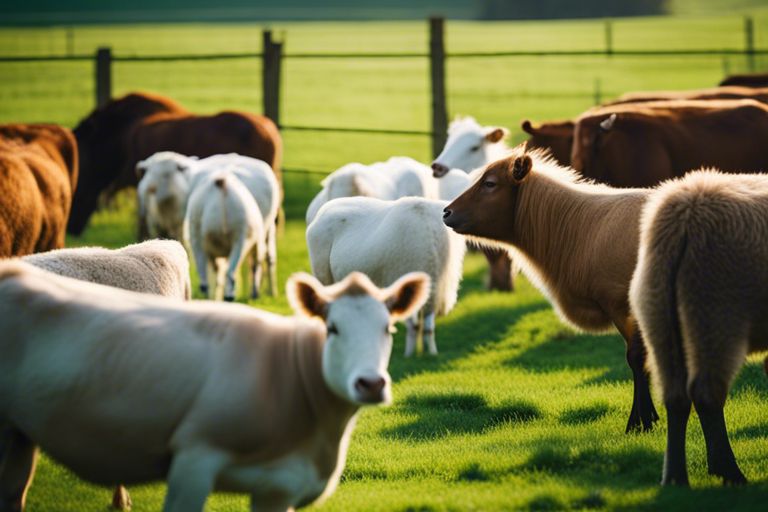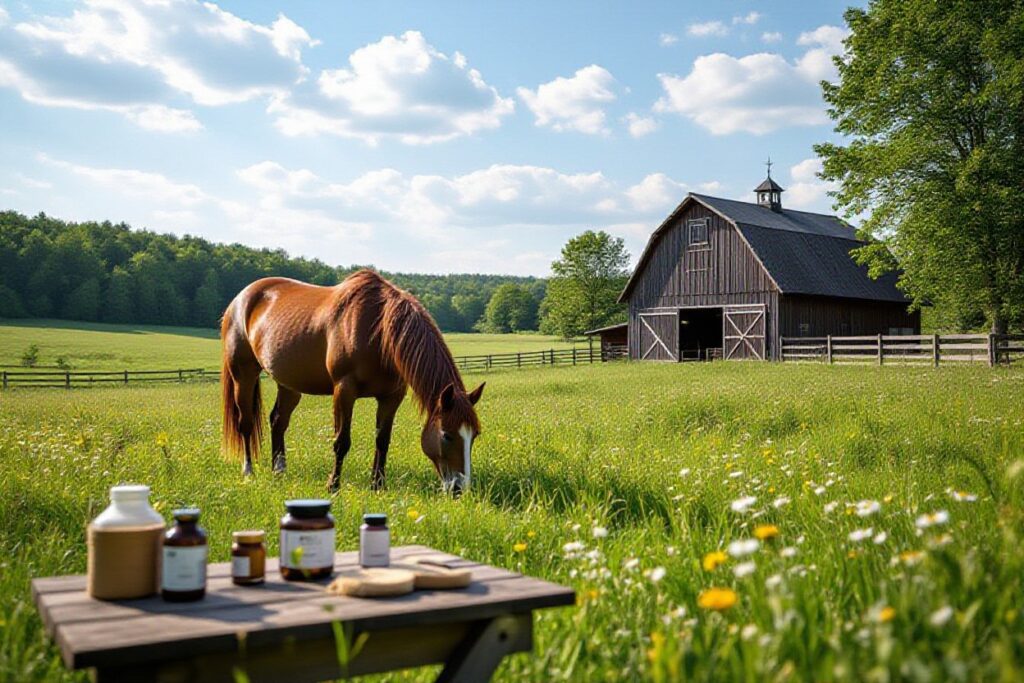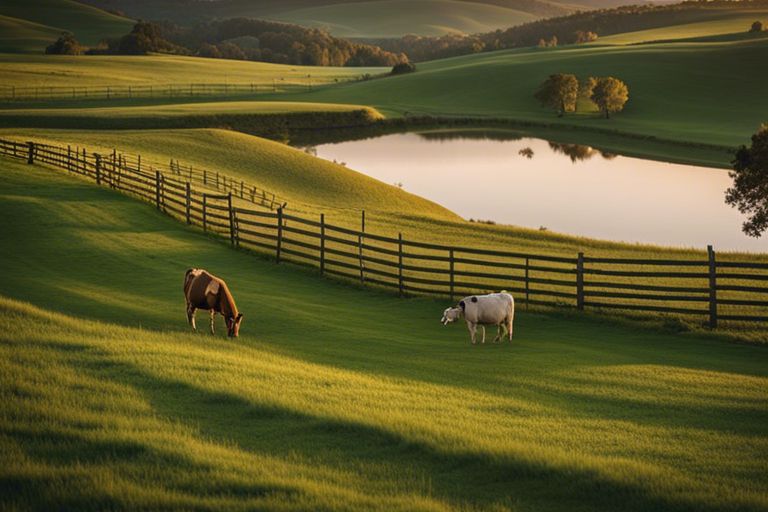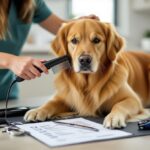Benefits of rotational grazing for livestock are numerous and proven to be effective in maximizing pasture productivity and improving animal health. By moving animals to fresh paddocks regularly, rotational grazing allows for better utilization of forage, prevents overgrazing, and reduces the risk of parasite infestation. Additionally, it promotes soil health, reduces erosion, and enhances biodiversity on the pasture. As a sustainable and efficient management practice, rotational grazing not only benefits the livestock but also improves the overall health of the land. Learn more about the advantages of rotational grazing and how it can positively impact your livestock operation.
Principles of Rotational Grazing
The Role of Livestock in Ecosystems
To understand the benefits of rotational grazing, it is important to recognize the significant role livestock play in ecosystems. Livestock interact with the land they graze on, influencing the vegetation, soil health, and nutrient cycling. When managed properly through rotational grazing, livestock can enhance ecosystem health by promoting biodiversity, improving soil structure, and reducing erosion.
Key Components of a Rotational Grazing System
To establish an effective rotational grazing system, several key components must be considered. These include dividing the grazing area into smaller paddocks, rotating livestock regularly between paddocks, monitoring pasture growth and quality, providing adequate water sources in each paddock, and resting paddocks to allow for regrowth. By implementing these components, farmers can optimize forage utilization, improve soil fertility, and enhance livestock health and productivity.
Rotational grazing systems are designed to mimic the natural grazing patterns of wild herbivores by moving livestock through different paddocks in a planned sequence. This rotational system promotes even forage utilization, allows for rest and regrowth of grazed areas, prevents overgrazing, and minimizes soil compaction. By following these principles, farmers can sustainably manage their pastures, improve overall ecosystem health, and increase farm profitability.
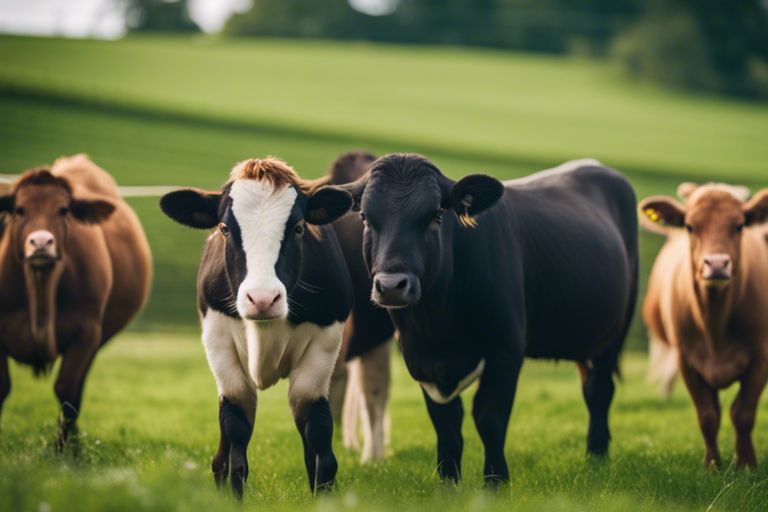
Ecological Benefits of Rotational Grazing
Soil Health Improvement
On a rotational grazing system, livestock are moved frequently between paddocks, allowing for rest periods for the land. This rest period gives the soil time to recover, reducing compaction and erosion. Additionally, the grazing animals’ hooves work the soil, aiding in better water infiltration and nutrient cycling. As a result, rotational grazing can help improve soil structure, fertility, and overall health.
Biodiversity and Habitat Enhancement
Benefits of rotational grazing extend beyond soil health to include positive impacts on biodiversity and habitat enhancement. By moving livestock between paddocks, diverse plant species have the opportunity to thrive and regenerate. This promotes healthier ecosystems and provides food and shelter for various wildlife species. The rotational grazing approach mimics natural grazing patterns, contributing to the preservation and enhancement of biodiversity on the land.
With these ecological benefits in mind, it is clear that adopting a rotational grazing system can have positive impacts on both soil health and biodiversity. By implementing sustainable grazing practices, farmers can improve the overall ecological balance of their land while supporting healthy livestock production.
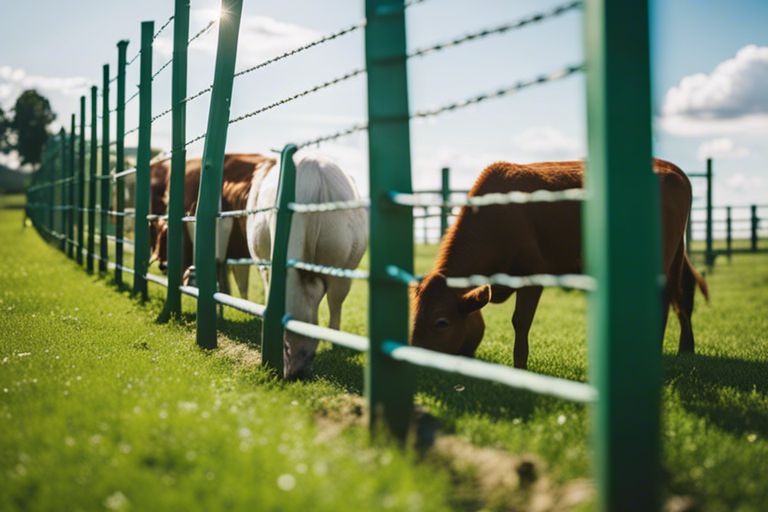
Economic Advantages for Farmers
Increased Forage Utilization
One of the economic benefits of rotational grazing for farmers is the increased forage utilization. By rotating livestock through paddocks, farmers can ensure that animals are evenly grazing the available forage. This results in better utilization of pasture resources and reduces the need for expensive supplementary feed. Ultimately, this can lead to cost savings for farmers and improved overall profitability of the livestock operation.
Livestock Health and Productivity
Forage quality is crucial for the health and productivity of livestock. Rotational grazing helps maintain optimal forage quality by preventing overgrazing and allowing pastures to regrow effectively. Healthy and well-fed animals are more productive, leading to better weight gain, improved reproduction rates, and overall better livestock performance. This can translate to higher profits for farmers in the long run.
It is vital for farmers to prioritize the health and well-being of their livestock as it directly impacts their bottom line. Rotational grazing plays a significant role in ensuring that animals have access to high-quality forage, resulting in improved health and productivity. By implementing this practice, farmers can enhance the economic viability of their operations while promoting the overall well-being of their livestock.
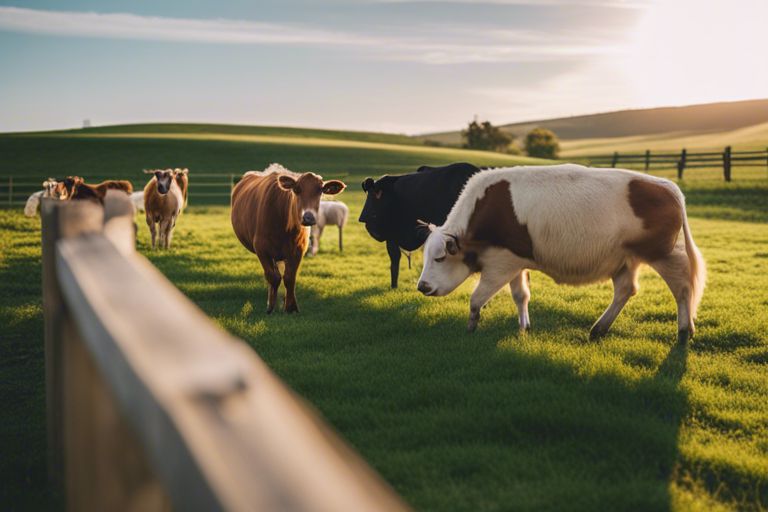
Challenges and Considerations
Managing Grazing Periods and Rest Intervals
To effectively implement rotational grazing, it is imperative to manage grazing periods and rest intervals carefully. Not providing sufficient rest periods can lead to overgrazing, resulting in decreased forage production and poor regrowth. It is crucial to monitor the condition of pastures regularly and adjust grazing schedules accordingly to ensure optimal pasture health and productivity.
Infrastructure and Investment Requirements
To implement rotational grazing successfully, farmers need to consider the infrastructure and investment requirements involved. Any rotational grazing system requires sufficient fencing to divide pastures into smaller paddocks, water sources in each paddock, and possibly shade or shelter. Additionally, investments may be necessary for equipment such as watering systems, temporary fencing, and grazing management tools.
This infrastructure is imperative to effectively manage grazing rotations and ensure that livestock have access to fresh pasture while allowing rested paddocks to regenerate. Properly planned infrastructure can streamline daily operations and maximize the benefits of rotational grazing practices for both livestock and pasture health.
Conclusion
On the whole, rotational grazing offers numerous benefits for livestock. It promotes healthier pastures, reduces the risk of disease transmission, ensures more efficient use of forage, and improves soil health. Livestock benefit from fresh, nutrient-dense grass while also being able to rest and avoid overgrazing. By implementing rotational grazing practices, farmers can increase productivity, decrease input costs, and ultimately enhance the overall sustainability of their operations. It is a well-established method that not only benefits the livestock but also the environment, making it a win-win solution for both farmers and the land.
FAQ
Q: What is rotational grazing?
A: Rotational grazing is a method of managing livestock where animals are moved between different paddocks or pastures regularly to allow for rest and regrowth.
Q: What are the benefits of rotational grazing for livestock?
A: Rotational grazing helps improve animal health, optimize forage utilization, prevent overgrazing, reduce soil erosion, and increase pasture productivity.
Q: How does rotational grazing benefit animal health?
A: Rotational grazing allows animals to have access to fresh, high-quality forage that is free of parasites and pathogens, which helps improve digestion and overall health.
Q: How does rotational grazing optimize forage utilization?
A: By moving livestock to different paddocks, rotational grazing gives pastures time to rest and regrow, ensuring that animals have a constant supply of nutritious forage.
Q: How does rotational grazing prevent overgrazing?
A: Rotational grazing limits the amount of time animals spend in a specific area, allowing plants to recover and preventing them from being overgrazed, which can lead to soil degradation.
Q: How does rotational grazing reduce soil erosion?
A: By maintaining ground cover and reducing compaction, rotational grazing helps improve soil structure and water infiltration, reducing the risk of erosion caused by runoff.
Q: How does rotational grazing increase pasture productivity?
A: Rotational grazing promotes plant growth and diversity, leading to healthier pastures with increased productivity, which ultimately benefits both livestock and the environment.
